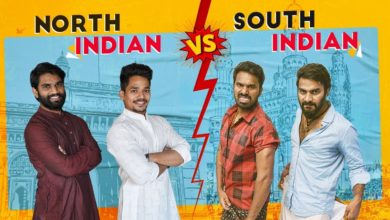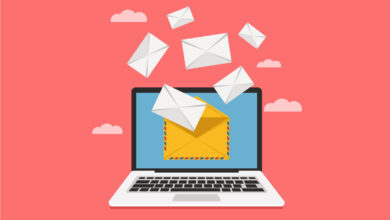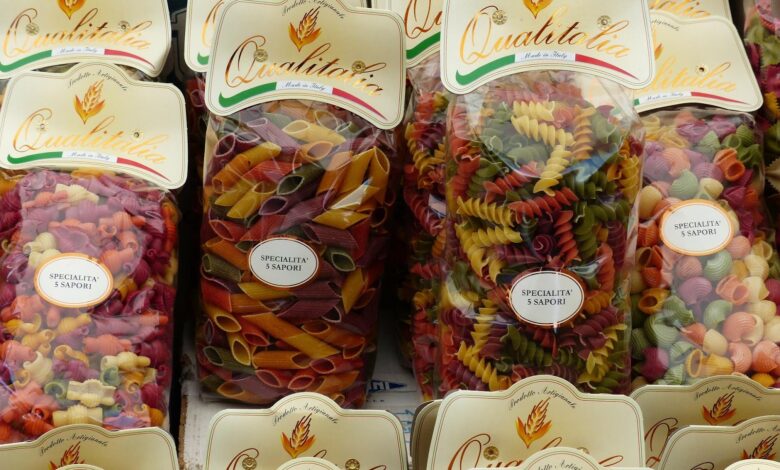
Why is Food Packaging Important? – 2024 Guide
From tin cans, plastic containers to mason jar glass with lids, the number of ways that you can package food to preserve it are numerous, and there is a good reason for it, for more information, click here.
The need to protect food did not start recently; it has been around for ages from the moment man was able to hunt back in the stone ages. With time, we have developed better ways of ensuring that food stays fresh for longer. But why is packaging so necessary? The following are reasons that seek to explain why food packaging is crucial.
It Preserves the Food
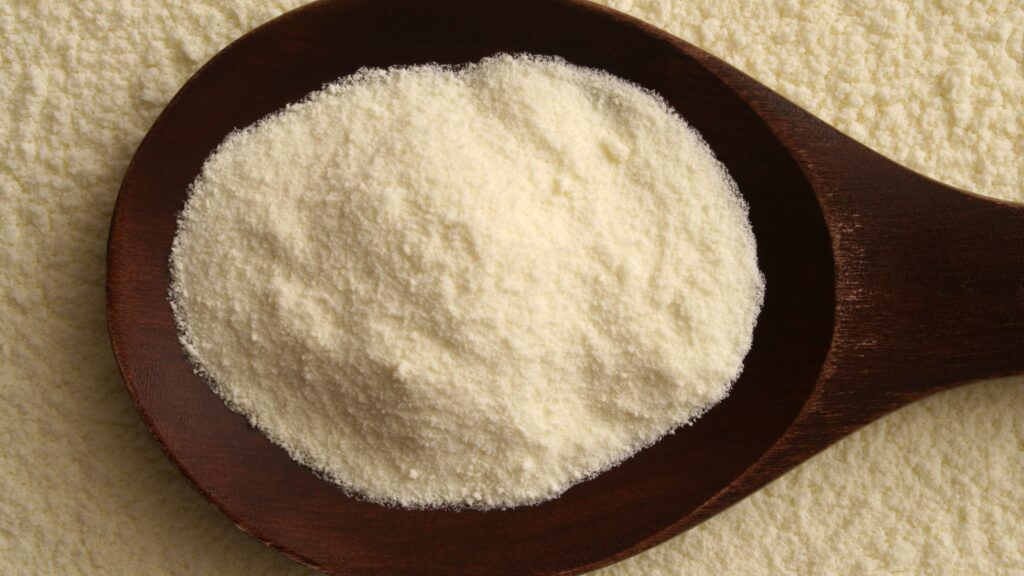
Powdered milk is among the foods with the longest shelf life in the world. If stored properly, it can last for up to 25 years. That is an unbelievable feat, a testament to how far man has come in making food safe for consumption. Food packaging comes in various forms, each designed for specific foods. It preserves food for future use, which ensures that no food goes to waste. Once food has been enclosed inside the tin, can, or wrapper, nothing can go in or come out without the lid being taken off.
It offers Protection
During transportation, food may be taken out of their controlled environments like freezers and such. The packaging becomes the only thing standing between the food and damage or contamination. Therefore, the packaging is to be airtight and be able to shield the contents from high temperatures, direct sunlight, or humidity, which may alter the nature of the food inside. To ensure that this is upheld, many tests are done on packaging materials beforehand to reduce any chances of errors.
It Houses the Brand
You can identify a product immediately on the shelf from its packaging. It is the most convenient place for companies to display their brand in full visibility for the maximum impact on brand awareness. Packaging also provides a convenient location to display all the information necessary for the consumers. It is actually mandated by law that manufacturers display information pertaining to the ingredients and chemicals used in the creation of what is confined inside a given packaging.
It is a Marketing Tool
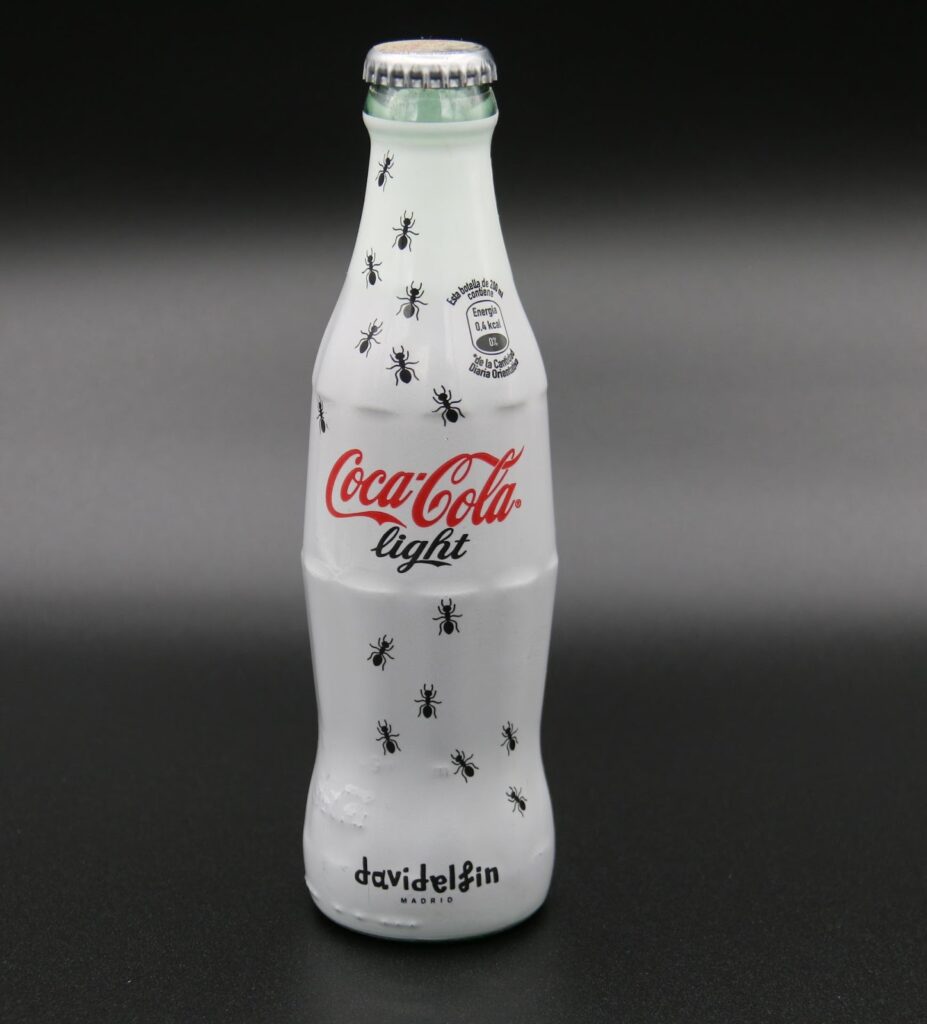
Food packaging has evolved over the years beyond the simple act of preserving the contents inside. It has now become the face of the manufacturer and the companies behind the creation of the product in question.
Everything is chosen deliberately, from the colors that sway consumer emotions to the fonts that are as attractive as possible to the very shape of the whole container that evokes memories in a person. Take the CocaCola bottle, for example, even when blindfolded, you can tell you are holding a CocaCola bottle just from feeling the shape.
It sets Products Apart
In a market where competition is fierce, it takes a little slip up for your product to be overshadowed by another one. Consumers tend to forget something that is not constantly in their view. Packaging enables them to tell apart products easily without having to spend too much time searching or making comparisons. When selecting your packaging, pay heed to what your competition is using and create something that will make your product stand more when placed side by side with others.
The Future of Food Packaging

The world is quickly shifting to sustainability as far as manufacturing and packaging are concerned. The race to salvage our planet has pushed countries to come up with drastic measures that will help the planet recover what it has lost. The following are some of the innovative food packaging solutions for the future.
Mushrooms over Styrofoam
Styrofoam is the most commonly used packaging material in the present world. There are developments in the works to turn certain types of mushrooms called mycelium into biodegradable packaging material that will reduce the carbon footprint left by the non-degradable styrofoam.
Sugarcane over Polyethylene
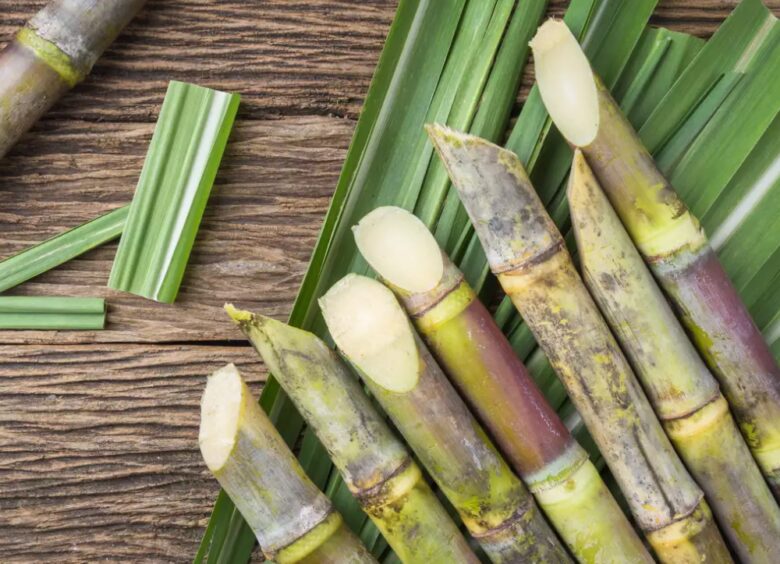
Natural ethanol produced from sugarcane is being experimented with to be the final solution to the question of polyethylene that has been the standard packaging material extracted from crude oil. The process of creating packaging material from natural ethanol is not only safer for the environment, but the cost is much lower.
Milk Proteins over Plastic
There is a company in the United States called Peggy Tomasula that has successfully found a way to synthesis packaging film from milk. A film that is not only efficient but is also edible; imagine that, eating the contents inside and washing it down with the packaging.
Algae Disposal
Another innovative solution for the future is the use of certain algae to get rid of biodegradable packaging created from seaweed. This type of packaging would come in very handy for fruit-based foods like juices, puddings, and salads.
Bioplastics
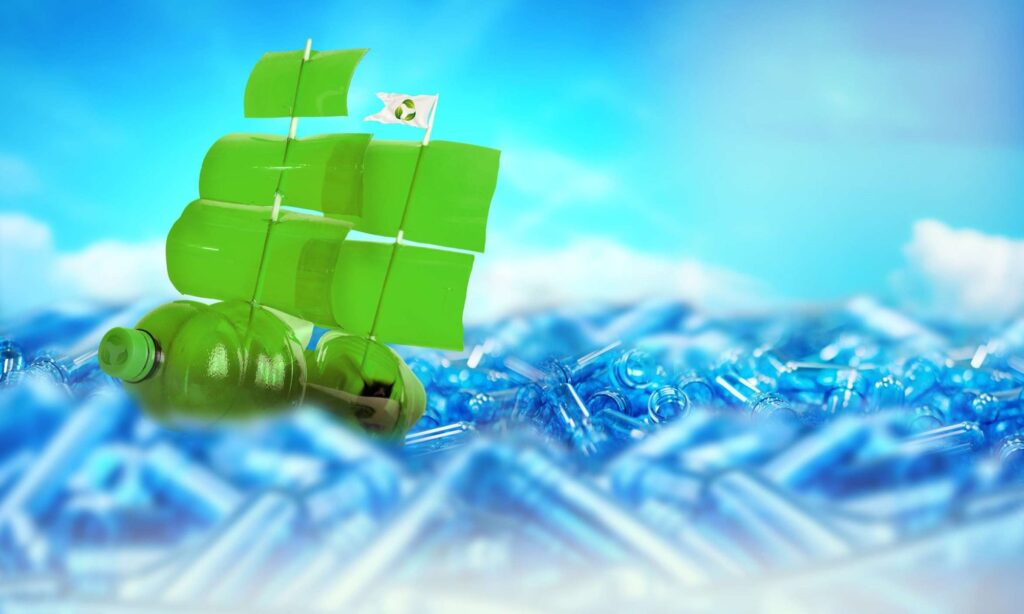
These are containers that look like plastics but which are made out of starch, sugar, and natural arctic acid from plants. Being natural, there is no harm present even if they come in contact with food. Another advantage is that they are many times lighter than conventional plastics and are biodegradable.
Conclusion
It is evident how important packaging is for the food processing industry: in a world that is struggling to eliminate global hunger, there are many new ways of food packaging in the pipeline that seek to increase the shelf life of many foods to allow time to reach people that are in need of relief food. The future of food packaging may turn out to be different from what we currently imagine it to be.


